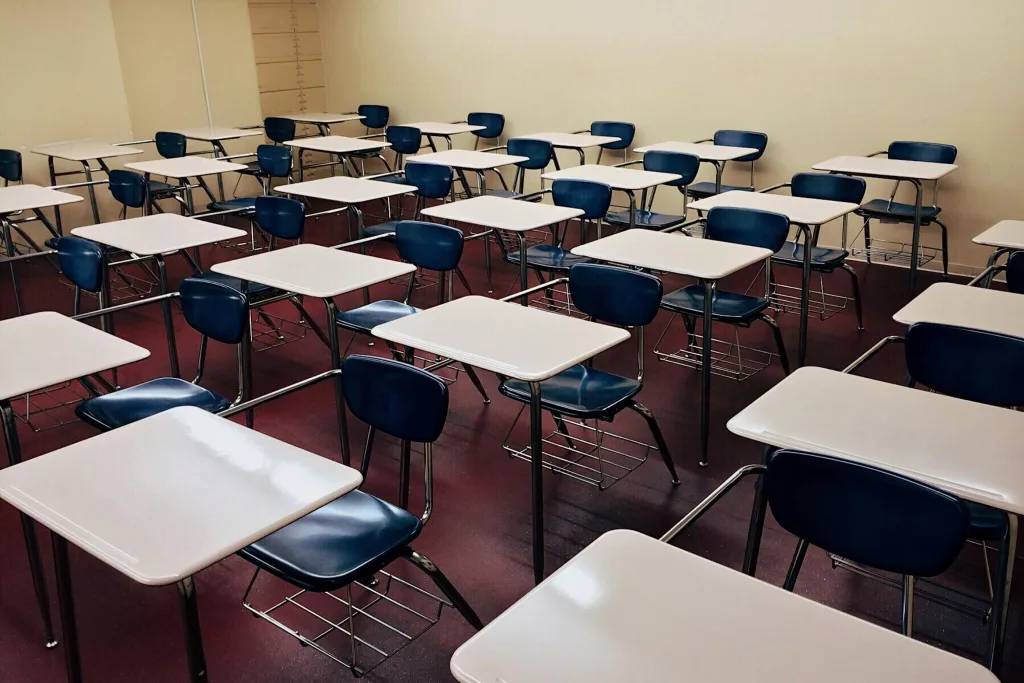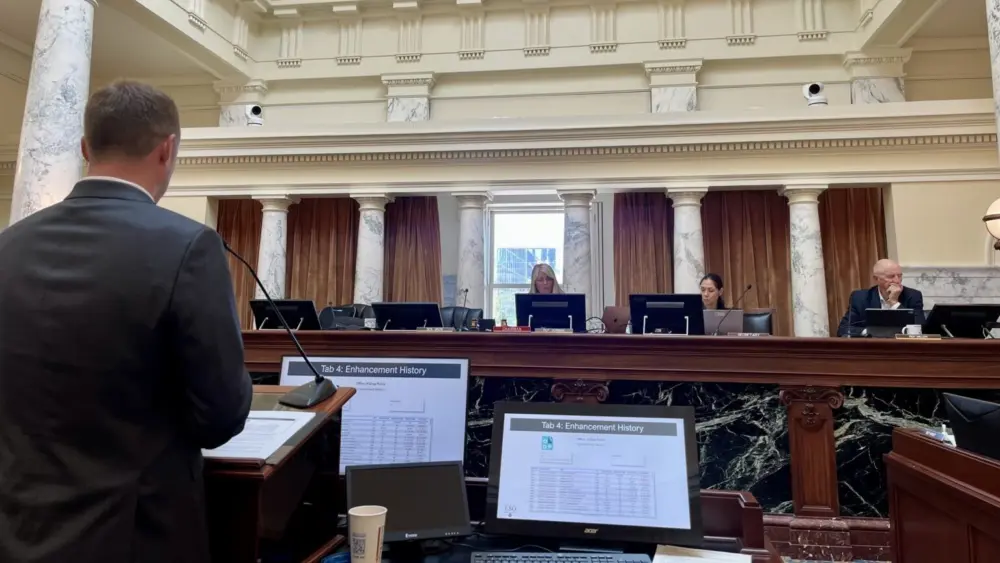OLYMPIA, WA – Work to close educational achievement gaps for several minority groups in Washington state is being hindered by a lack of data, according to people involved in the yearslong effort.
A new series of achievement gap studies was released in June. These suggest some marginal improvement in closing achievement gaps for several minority groups over the past 16 years, but that more work is needed to support students of different ethnic and cultural backgrounds.
The reports, conducted by the Commission on African American Affairs, the Commission on Hispanic Affairs, the Commission on Asian Pacific American Affairs and the Governor’s Office of Indian Affairs, were follow-ups to a series of landmark studies released in 2008 that prompted the Legislature to create the Educational Opportunity Gap Oversight and Accountability Committee.
The Legislature funded the Oversight and Accountability’s request for the follow-up studies in the 2023-25 budget.
Representatives for the commissions said that limitations with past data that grouped multiple demographics together make it difficult to derive clear-cut takeaways from the reports. There were also some differences between the data used in the earlier research and the new studies, which makes it difficult to compare their results.
The Oversight and Accountability Committee is charged with synthesizing the recommendations from the 2008 studies, and requested the follow-up research to assess their progress and identify gaps.
The commissions’ recommendations to the committee and the Legislature included improving data collection, developing curricula that are more responsive to students’ cultural, historical, and contemporary experiences, and to recruit and retain more minority teachers.
Representatives from the three commissions presented summaries on their reports and reactions to the data during a webinar hosted by the nonprofit League of Education Voters on Oct. 2. A representative of the Governor’s Office of Indian Affairs was not present.
The Oversight and Accountability Committee’s response to the studies’ findings was generally positive, commission representatives said, though members expressed disappointment that more progress hasn’t been made.
Last year’s standardized testing scores reflect persistent achievement gaps for several minority groups. For example, while 24.6% of white students received the lowest scores on the math assessment, the same was true for 47.6% of Black students, 53.9% of Native American students, and 56% of Native Hawaiian and Pacific Islander students.
“There are student populations that need additional investment,” state Superintendent Chris Reykdal said when the scores were released last month. “Those kinds of investments have moved the needle, which is great, but the gap is still very large,” he added.
Data difficulties
The 2008 studies conducted by the Commission of Asian Pacific American Affairs and the Commission on Hispanic Affairs did not distinguish between countries of origin or ethnic identities within their targeted populations. The Commission of African American Affairs has also acknowledged the need to disaggregate data on student demographics, which was not achieved with its 2008 study.
“We know that the Latino community is not a monolith, but it is treated as such in our data sets. And by doing so, we cannot track short-term progress, we cannot track long-term systemic change, and we need to be able to do those two things to ensure that Hispanic and Latino students feel supported,” said María Sigüenza of the Commission on Hispanic Affairs.
The Commission of Asian Pacific American Affairs had a similar problem with its two 2008 studies — one for Asian Americans and one for Pacific Islanders — but was able to disaggregate its population data in its new reports. Instead of grouping all Asian Americans together, for example, the study broke out the data between about 20 different ethnicities, such as Vietnamese, Chinese or Filipino.
Because the data format ended up being so different from the 2008 studies, Nam Nguyen of the Commission on Asian Pacific American Affairs said the commission doesn’t consider them a true follow-up to the initial reports.
“The data just doesn’t correlate with the previous work,” Nguyen said.
Focus on teacher diversity
There was some variation between the needs of different minority groups identified by the studies, but all three commissions found that there is a strong need for more minority educators.
Each study found that minority students feel more supported if they have a teacher who can relate to their experiences.
“It’s so very important for all kids of color to be able to see people who look like them in the classroom for a variety of different reasons — everything from emotional support to just understanding what people go through and what the communities look like,” said Ed Prince of the Commission on African American Affairs.
Teachers from minority groups are also better equipped to deliver culturally responsible curriculum and are less likely to “sideline” the experiences of their minority students, Prince said.
A lack of Black educators possibly contributes to Black students being subject to discipline significantly more than their white peers.
The League of Education Voters and the Black Education Strategy Roundtable, among other student advocacy groups, criticized a recent change in school discipline guidelines that critics said rolled back student protections that were implemented in 2019.
“Every kid deserves to learn, and if you have a child that’s disrupting the class, that disrupts everyone,” Prince said. “But taking that kid out and having them away from the class for an hour, two hours, whatever, impacts their education.”
This story first appeared on Washington State Standard.





